WHY I LOVE GROWING PLANTS IN ROWS ON RACKS IN MY GARDEN
Growing plants in racks rows on racks is not just a matter of convenience. It is a deliberate system that enhances ecological performance, spatial clarity, and emotional satisfaction. Rows provide horizontal structure that supports airflow, light access, and soil management. Racks introduce vertical logic, allowing for tiered planting, ergonomic access, and space optimization. Together, they form a modular framework that transforms a garden into a living system of care. This method supports better pest control, more efficient watering, and easier harvesting. It reduces visual clutter and creates a calming rhythm across the garden. Plants thrive when their environment is predictable and well-organized. The layout allows for experimentation with companion planting and crop rotation. It also supports inclusive access for gardeners with different mobility needs. Rows and racks make it easier to track growth, document changes, and plan seasonal transitions. The structure is scalable, adaptable, and deeply symbolic. It mirrors editorial logic, where each row is a sentence and each rack tier is a stanza.

VISUAL STRUCTURE CREATES EMOTIONAL STABILITY
Rows and racks provide a visual framework that reduces cognitive load. Aligned plants create a sense of balance and predictability. This structure helps the brain process the garden as a coherent system. Visual order supports faster scanning for growth, pests, or disease. The repetition of form becomes a meditative pattern. Racks add vertical segmentation, turning the garden into a layered composition. Each level becomes a visual stanza in a botanical structure. Rows act like sentences, guiding the eye from left to right. The garden becomes easier to photograph and document. Visitors intuitively understand the layout without explanation. Structured gardens reduce decision fatigue during maintenance. The clarity of rows supports symbolic thinking and emotional grounding. Racks elevate the experience, both literally and metaphorically. The garden becomes a modular space of care. Visual order is not just aesthetic—it is functional and emotionally stabilizing.
| Visual Feature | Row Benefit | Rack Benefit |
|---|---|---|
| Alignment | Horizontal clarity | Vertical segmentation |
| Repetition | Predictable rhythm | Tiered visual structure |
| Accessibility | Easy scanning | Elevated observation |
| Emotional Impact | Calming layout | Symbolic layering |
SUNLIGHT ACCESS IS MAXIMIZED THROUGH STRUCTURE
Rows and racks allow plants to receive consistent and direct sunlight. Horizontal spacing reduces competition for light. Vertical racks minimize shading between plants. This setup supports uniform photosynthesis across the entire garden. Plants grow more evenly when light is distributed predictably. Rack tiers can be adjusted to follow seasonal sun angles. Rows can be oriented to capture morning or afternoon light. The garden becomes a responsive solar system. Light-loving species thrive without obstruction. Leaf color and density improve under balanced exposure. Sunlight access reduces the need for artificial lighting. Racks allow experimentation with light-sensitive varieties. Rows support companion planting based on light needs. The structure becomes a tool for solar optimization. Maximizing light is essential for plant health and yield.
| Light Factor | Row Advantage | Rack Advantage |
|---|---|---|
| Direct Sunlight | Even distribution | Tiered exposure |
| Shading Reduction | Controlled spacing | Vertical separation |
| Seasonal Adjustment | Easy reorientation | Flexible tiering |
WATERING IS MORE EFFICIENT AND TARGETED
Rows simplify irrigation patterns by creating predictable furrows. Water can be directed along these furrows with minimal loss. Racks allow drip systems to target each level precisely. This reduces evaporation and runoff. Watering becomes a predictable and efficient routine. Plants receive consistent hydration without pooling. Soil erosion is minimized in row configurations. Racks prevent waterlogging by elevating containers. Moisture sensors can be installed easily in structured layouts. Rainwater harvesting integrates well with row systems. Water reuse becomes more feasible with organized flow. Irrigation audits are easier to conduct. The garden becomes a model of water stewardship. Reduced waste supports ecological sustainability. Structured watering enhances plant health and root development.
| Watering Feature | Row System Advantage | Rack System Advantage |
|---|---|---|
| Irrigation Control | Furrow-based flow | Tiered drip systems |
| Moisture Consistency | Even hydration | Level-specific targeting |
| Water Conservation | Reduced runoff | Minimized evaporation |
SOIL MANAGEMENT IS MORE PRECISE AND ADAPTABLE
Rows allow for clear demarcation of soil zones, making it easier to monitor and amend specific areas. Soil testing can be conducted row by row, improving diagnostic accuracy. Racks often use container soil, which can be customized for different plant types. This separation reduces cross-contamination and supports targeted nutrient delivery. Soil compaction is minimized with designated walking paths between rows. Mulching is more effective when applied uniformly across structured beds. Compost distribution becomes more predictable and efficient. Racks prevent soil contact with ground-level pollutants. Structured layouts support crop rotation and seasonal soil renewal. Moisture retention improves with consistent spacing and coverage. Nutrient leaching is reduced through controlled watering and soil layering. Rows allow for cover cropping between seasons to restore fertility. Racks can host specialized blends for rare or sensitive species. Soil temperature is easier to regulate in elevated containers. The garden becomes a living laboratory of soil science and stewardship.
| Soil Metric | Row System Advantage | Rack System Advantage |
|---|---|---|
| Compaction | Reduced via walking paths | Eliminated in containers |
| Nutrient Control | Easy to amend by section | Custom blends per container |
| Moisture Retention | Uniform coverage | Controlled drainage |
| Contamination Risk | Low with spacing | Minimal due to elevation |
PEST CONTROL IS STRATEGIC AND LOCALIZED
Rows and racks support targeted pest management strategies. Visual scanning becomes easier with structured plant placement. Racks elevate plants above common ground pests like slugs and rodents. Companion planting can be arranged in rows to deter specific insects. Pest traps are more effective when placed systematically. Insect netting fits neatly over both rows and rack tiers. Biological controls such as beneficial insects can be introduced with precision. Pest outbreaks are easier to isolate and contain. Rows support crop diversity, which confuses monoculture-dependent pests. Racks reduce rodent access and soil-borne infestations. Integrated pest management thrives in structured environments. Fungal spread is minimized with improved airflow between rows and rack levels. Disease vectors can be tracked and treated more efficiently. The garden becomes a resilient defense system. Strategic layout reduces reliance on chemical pesticides and supports ecological balance.
| Pest Management Feature | Row Benefit | Rack Benefit |
|---|---|---|
| Visual Monitoring | Easy scanning | Elevated inspection |
| Trap Placement | Systematic alignment | Tiered targeting |
| Rodent Resistance | Ground spacing | Physical elevation |
| Fungal Control | Airflow between rows | Airflow between tiers |
HARVESTING IS FASTER AND MORE ERGONOMIC
Rows provide clear paths for harvesting tools and movement. Plants are spaced for easy hand access without damaging neighboring crops. Racks reduce bending and strain, allowing for upright harvesting. This ergonomic benefit supports long-term gardener health. Harvest bins fit neatly between rows for efficient collection. Racks allow tiered harvesting schedules based on plant maturity. Structured layouts reduce crop damage during picking. Time spent harvesting is significantly reduced. Rows support batch harvesting by section, improving workflow. Racks allow visual confirmation of ripeness from multiple angles. The garden supports inclusive access for gardeners with mobility limitations. Ergonomic tools can be used more effectively in structured spaces. Harvesting becomes a rhythmic, predictable process. Yield tracking is simplified by row and tier segmentation. The garden becomes a productivity engine with reduced physical strain.
| Harvesting Feature | Row System Advantage | Rack System Advantage |
|---|---|---|
| Ergonomic Access | Clear walking paths | Upright harvesting posture |
| Workflow Efficiency | Batch collection zones | Tiered maturity scheduling |
| Damage Reduction | Spaced plant layout | Elevated visibility |
| Inclusive Design | Mobility-friendly paths | Accessible vertical reach |

CROP ROTATION IS EASIER TO PLAN AND EXECUTE
Rows provide clear boundaries for rotating plant families across seasons. This separation helps prevent nutrient depletion in specific soil zones. Racks allow for container-based rotation, which avoids soil fatigue altogether. Crop rotation disrupts pest and disease cycles by changing host availability. Structured layouts make it easier to track what was planted where and when. Visual mapping of rotation becomes intuitive with rows and tiers. Nutrient demands can be balanced across the garden by alternating heavy and light feeders. Racks support experimental rotations with rare or sensitive species. Rows allow for intercropping and succession planting with minimal confusion. The system supports both annual and perennial planning. Soil health improves over time with consistent rotation. Disease resistance increases as pathogens lose their preferred hosts. The garden becomes a dynamic, evolving system rather than a static plot. Structured rotation supports ecological resilience. Planning becomes a creative and scientific process.
| Rotation Factor | Row System Advantage | Rack System Advantage |
|---|---|---|
| Nutrient Balance | Alternating plant families | Custom container blends |
| Pest Disruption | Host variability | Isolated root zones |
| Planning Clarity | Visual row mapping | Tiered container tracking |
| Soil Recovery | Seasonal rest periods | Soil-free container swaps |
SPACE IS OPTIMIZED BOTH HORIZONTALLY AND VERTICALLY
Rows make full use of horizontal ground space. Racks unlock vertical potential that would otherwise go unused. This dual-axis strategy increases yield per square meter. Small gardens become high-output systems with minimal expansion. Vertical gardening improves airflow and reduces disease pressure. Rows provide foundational crops that anchor the garden. Racks support trailing, climbing, or compact species above. The garden becomes a three-dimensional ecosystem. Light, water, and nutrients are distributed more efficiently. Space optimization supports biodiversity in limited areas. Rows allow for ground-level crops like lettuce and carrots. Racks host herbs, strawberries, or vining plants. The structure supports urban gardening and balcony systems. Space becomes a design element, not a constraint. The garden evolves into a layered, productive landscape.
| Space Type | Row Use | Rack Use |
|---|---|---|
| Horizontal | Base layer crops | Foundation structure |
| Vertical | Limited climbing | Full tiered planting |
| Airflow | Between rows | Between rack levels |
| Biodiversity | Companion planting zones | Multi-species layering |
SEASONAL TRANSITIONS ARE MORE CONTROLLED
Rows and racks support modular planting schedules across changing seasons. Cold frames and row covers fit neatly over structured beds. Racks can be wrapped or shaded to create microclimates. Early spring sowing is easier with defined soil zones. Late-season crops can be extended with vertical insulation. Shade cloths and frost blankets are easier to apply in structured systems. Seasonal transitions become less disruptive and more predictable. Rows allow for staggered planting to test seasonal thresholds. Racks support overwintering of herbs and perennials. The garden adapts to climate variability with minimal stress. Plant loss is reduced through proactive seasonal design. Structured layouts support data collection on seasonal performance. The system becomes a year-round growing platform. Seasonal planning becomes a modular, repeatable process. The garden becomes resilient to weather extremes.
| Seasonal Feature | Row System Advantage | Rack System Advantage |
|---|---|---|
| Early Planting | Defined soil zones | Elevated warming |
| Late Harvesting | Protected ground crops | Tiered insulation |
| Climate Adaptation | Modular row covers | Flexible microclimates |
| Year-Round Use | Seasonal succession | Overwintering containers |
EDUCATIONAL VALUE IS ENHANCED THROUGH STRUCTURE
Rows and racks create a readable garden that supports learning and observation. The layout allows for easy identification of plant species and growth stages. Structured paths make it easier to guide visitors or students through the garden. Educational signage fits naturally along rows and rack tiers. Children and adults alike benefit from the visual clarity of the system. Plant anatomy is easier to observe when spacing is consistent. Lessons on soil, light, and water distribution become tangible. Rows support curriculum-based learning in schools and community gardens. Racks allow for tiered demonstrations of vertical gardening techniques. The garden becomes a living classroom with modular zones. Data collection is simplified by row and tier segmentation. Structured gardens support citizen science and ecological monitoring. The system mirrors scientific method through repeatable layout and observation. Educational value deepens when structure supports inquiry. The garden becomes a public resource for ecological literacy.
| Educational Feature | Row System Advantage | Rack System Advantage |
|---|---|---|
| Plant Identification | Clear horizontal layout | Tiered species separation |
| Guided Learning | Defined walking paths | Vertical demonstration zones |
| Scientific Observation | Repeatable structure | Isolated variables |
| Public Engagement | Accessible signage | Layered visual storytelling |
AIRFLOW IMPROVES PLANT HEALTH AND REDUCES DISEASE
Rows and racks support better airflow between and around plants. Horizontal spacing prevents overcrowding and reduces humidity buildup. Vertical separation allows air to circulate between tiers. Improved airflow lowers the risk of fungal infections and mildew. Plants dry more quickly after rain or watering. This reduces the chance of rot and bacterial spread. Air movement strengthens stems and supports structural integrity. Rows allow wind to pass evenly across the garden. Racks create vertical channels for air exchange. The garden becomes a breathable system rather than a stagnant one. Disease pressure is reduced without chemical intervention. Airflow supports pollinator access and movement. Structured gardens allow for airflow audits and adjustments. The system becomes a model of passive disease prevention. Healthy airflow is essential for resilient plant ecosystems.
| Airflow Feature | Row System Advantage | Rack System Advantage |
|---|---|---|
| Humidity Control | Spaced plant layout | Vertical tier separation |
| Disease Prevention | Reduced leaf contact | Faster drying after rain |
| Structural Support | Even wind exposure | Strengthened vertical stems |
| Pollinator Access | Open horizontal paths | Layered flight zones |
COMPANION PLANTING IS MORE STRATEGIC AND EFFECTIVE
Rows allow for deliberate placement of companion species. Plants that benefit each other can be grouped with precision. Pest-deterring herbs can be placed at row edges. Racks support vertical layering of compatible plants. Companion planting improves nutrient uptake and soil health. Structured layouts reduce competition and increase synergy. Rows support alternating root depths for better soil use. Racks allow light-sharing between species with different needs. The system supports biodiversity without chaos. Companion planting becomes a modular design strategy. Pollinator-friendly plants can be interspersed for maximum effect. Rows allow for visual tracking of companion success. Racks support experimentation with vertical guilds. The garden becomes a cooperative ecosystem. Strategic placement enhances resilience and productivity.
| Companion Feature | Row System Advantage | Rack System Advantage |
|---|---|---|
| Pest Deterrence | Edge herb placement | Elevated aromatic zones |
| Nutrient Sharing | Alternating root depths | Tiered light access |
| Biodiversity | Horizontal guilds | Vertical layering |
| Pollinator Support | Interspersed flowers | Multi-level nectar sources |

ERGONOMIC DESIGN SUPPORTS LONG-TERM GARDENER HEALTH
Rows and racks reduce physical strain during planting, maintenance, and harvesting. Racks elevate plants to a comfortable working height. This minimizes bending, crouching, and repetitive stress injuries. Rows provide clear walking paths that support safe movement. Structured layouts allow for the use of ergonomic tools. Tasks like pruning and watering become more efficient and less taxing. Racks support seated gardening for those with mobility limitations. The system encourages better posture and body mechanics. Rows allow for wheelbarrow and cart access without obstruction. Racks reduce the need to lift heavy containers from the ground. The garden becomes a space of physical sustainability. Long-term gardening becomes more accessible and enjoyable. Ergonomic design supports inclusive participation across age groups. Structured gardens reduce fatigue and increase productivity. The layout becomes a tool for health as well as horticulture.
| Ergonomic Feature | Row System Advantage | Rack System Advantage |
|---|---|---|
| Posture Support | Upright walking paths | Elevated working surfaces |
| Tool Efficiency | Clear tool access zones | Tiered reach optimization |
| Mobility Inclusion | Wheelchair-friendly layout | Seated gardening options |
| Injury Prevention | Reduced bending | Minimized lifting strain |
DOCUMENTATION AND DATA TRACKING ARE SIMPLIFIED
Rows and racks create a structured environment for tracking plant growth and garden performance. Each row can be labeled and logged for species, planting date, and yield. Racks allow container-level documentation with minimal confusion. Structured layouts support photographic records and visual comparisons. Data collection becomes modular and repeatable. Growth rates can be tracked by row and tier. Pest outbreaks and treatment responses can be documented precisely. Soil amendments and watering schedules can be logged by section. The garden becomes a living dataset. Structured documentation supports scientific inquiry and personal learning. Rows allow for seasonal comparisons across years. Racks support experimental planting with clear controls. The system supports both analog and digital tracking. Documentation becomes part of the gardening rhythm. The garden evolves into a research platform.
| Documentation Feature | Row System Advantage | Rack System Advantage |
|---|---|---|
| Labeling | Section-based tracking | Container-specific records |
| Visual Comparison | Horizontal photo logs | Tiered growth snapshots |
| Data Collection | Modular input zones | Controlled experimental units |
| Seasonal Analysis | Year-over-year mapping | Isolated variable testing |
MODULARITY SUPPORTS SCALABILITY AND ADAPTATION
Rows and racks can be expanded or reconfigured as needed. The system supports growth without disruption. Rows can be added in parallel to existing layouts. Racks can be stacked or rearranged based on plant needs. Modularity allows for seasonal redesigns and crop rotation. The garden becomes a flexible framework rather than a fixed space. Rows support expansion across flat terrain. Racks support vertical growth in limited areas. The system adapts to changing goals and conditions. New plant varieties can be introduced without disturbing existing ones. Structured layouts support phased upgrades and improvements. Modularity allows for integration of new technologies. The garden evolves with the gardener’s vision. Scalability supports long-term planning and experimentation. Adaptation becomes a built-in feature of the design.
| Modularity Feature | Row System Advantage | Rack System Advantage |
|---|---|---|
| Expansion | Horizontal row addition | Vertical tier stacking |
| Reconfiguration | Seasonal redesigns | Container swaps |
| Integration | New tech compatibility | Sensor and lighting upgrades |
| Flexibility | Terrain-based adaptation | Space-constrained solutions |
CLIMATE RESPONSIVENESS IS BUILT INTO THE DESIGN
Rows and racks allow for adaptive responses to changing weather conditions. Structured layouts support the use of shade cloths, frost covers, and wind barriers. Racks can be repositioned to follow seasonal sun angles. Rows can be mulched or covered to retain soil moisture during drought. Elevated containers drain more efficiently during heavy rain. The system supports microclimate creation for sensitive species. Rows allow for zoned planting based on temperature tolerance. Racks can host heat-loving plants at higher tiers. The garden becomes a responsive climate system. Structured design reduces stress on plants during extreme conditions. Climate data can be tracked by row and tier. The layout supports proactive rather than reactive gardening. Adaptation becomes part of the seasonal rhythm. The garden evolves with the climate rather than against it. Responsiveness becomes a built-in feature of the structure.
| Climate Feature | Row System Advantage | Rack System Advantage |
|---|---|---|
| Heat Management | Mulching and shading | Elevated airflow |
| Rain Adaptation | Covered furrows | Fast-draining containers |
| Seasonal Flexibility | Zoned planting | Tiered sun exposure |
| Microclimate Creation | Ground-level control | Vertical layering |
POLLINATOR ACCESS IS ENHANCED THROUGH STRUCTURE
Rows and racks create clear pathways for pollinators to navigate. Horizontal spacing allows bees and butterflies to move freely between plants. Vertical tiers offer layered nectar sources at different heights. Structured gardens reduce visual confusion for flying insects. Pollinator-friendly plants can be placed strategically across rows and racks. The system supports continuous bloom cycles for sustained attraction. Rows allow for edge planting of high-nectar species. Racks host compact flowering herbs and trailing vines. The garden becomes a multi-level pollinator corridor. Airflow and light access improve visibility for insects. Structured layouts reduce pesticide use by supporting natural pollination. Pollinator data can be tracked by zone. The system supports biodiversity and ecological balance. Rows and racks become part of a larger habitat network. Pollination becomes a predictable and supported process.
| Pollinator Feature | Row System Advantage | Rack System Advantage |
|---|---|---|
| Flight Navigation | Open horizontal paths | Tiered landing zones |
| Nectar Access | Edge bloom placement | Layered flowering herbs |
| Bloom Continuity | Seasonal succession | Vertical bloom scheduling |
| Habitat Support | Ground-level corridors | Elevated nesting options |
AESTHETIC VALUE IS INTEGRATED WITH FUNCTION
Rows and racks create a visually striking garden that is also highly functional. The repetition of form and structure becomes a design element. Rows offer symmetry and rhythm across the horizontal plane. Racks introduce vertical contrast and layering. The garden becomes a living sculpture of growth and geometry. Color palettes can be planned by row and tier. Structured layouts support intentional visual storytelling. Rows allow for gradient planting from low to tall species. Racks support cascading vines and architectural herbs. The garden becomes a curated experience rather than a random collection. Aesthetic planning supports emotional engagement and visitor interest. Structured beauty enhances the sense of care and intention. The layout becomes a reflection of the gardener’s vision. Function and form are no longer separate goals. The garden becomes a modular artwork.
| Aesthetic Feature | Row System Advantage | Rack System Advantage |
|---|---|---|
| Visual Rhythm | Horizontal symmetry | Vertical layering |
| Color Planning | Gradient planting zones | Tiered bloom control |
| Structural Contrast | Ground-level anchors | Elevated focal points |
| Emotional Impact | Predictable beauty | Symbolic verticality |
CONCLUSION
Growing plants in rows on racks is not just a method—it is a modular philosophy of ecological care. This structure supports clarity, rhythm, and resilience across every layer of the garden. Rows provide horizontal logic that stabilizes soil, airflow, and visual order. Racks introduce vertical segmentation that maximizes space, light, and ergonomic access. Together, they form a layered system that enhances productivity and emotional engagement. The garden becomes a readable, breathable, and adaptable space. It supports biodiversity, seasonal transitions, and inclusive participation. Structured layouts reduce waste, improve documentation, and simplify maintenance. Each plant becomes part of a larger narrative. Each row acts like a sentence. Each rack tier becomes a stanza. The garden evolves into a living editorial of care and intention. This system is scalable, symbolic, and deeply restorative. It mirrors the logic of good design and the rhythm of ecological intelligence. Rows and racks are not just tools—they are a language of growth.
JOIN THE DISCUSSION
This post is part of a broader conversation about modular gardening, ecological design, and symbolic structure. Whether you garden on a balcony, a farm, or a community plot, the principles of rows and racks apply. Share your layouts, your seasonal strategies, and your visual rhythms. What combinations work best for your climate? How do you adapt your racks for light, airflow, or accessibility? What stories do your rows tell?
#ModularGardening #RowsAndRacks #EcologicalDesign #SymbolicStructure #InclusiveGardening #EditorialEcology #GrowWithClarity #VerticalLogic #SpatialRhythm #GardenAsEditorial

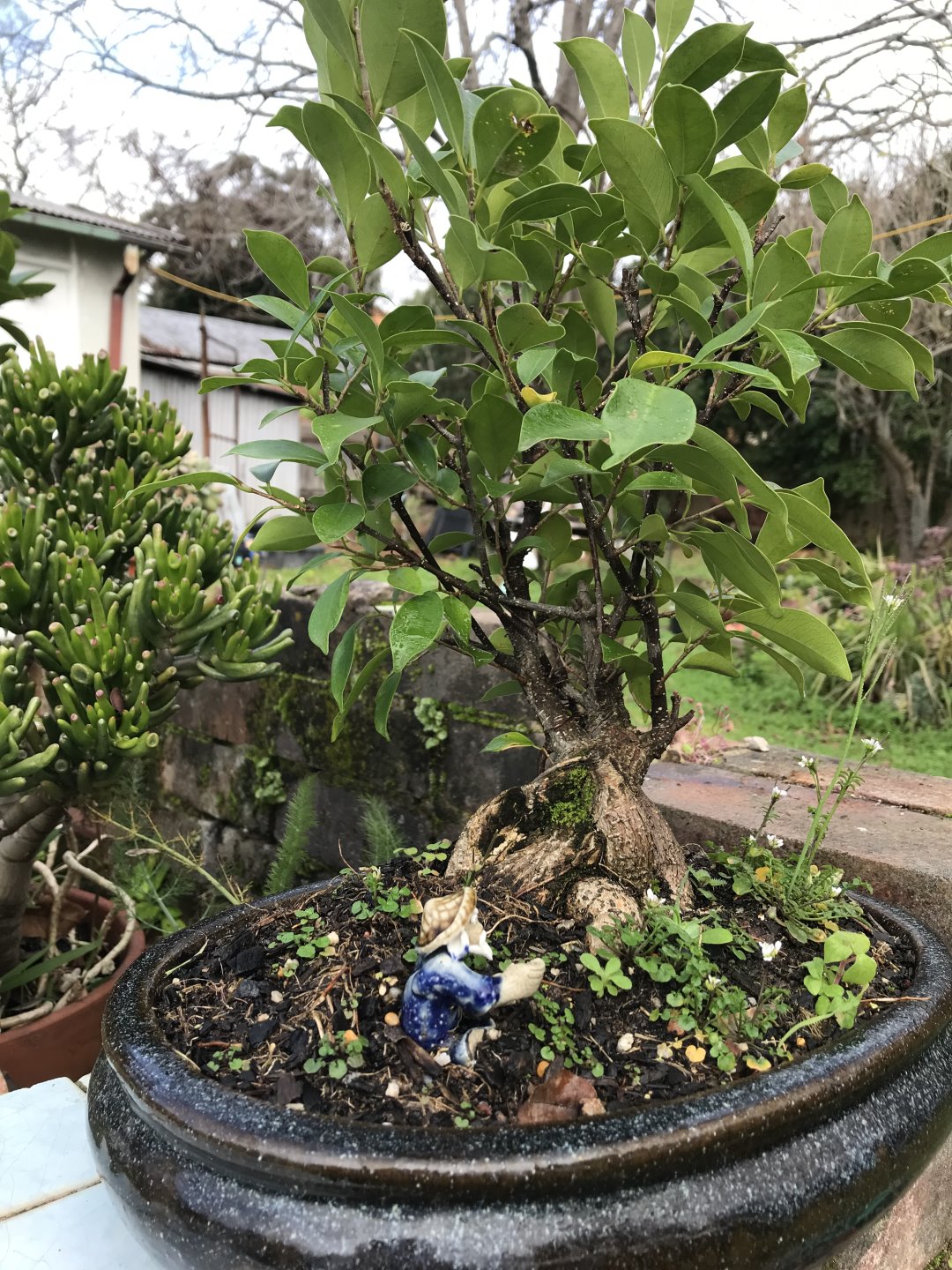
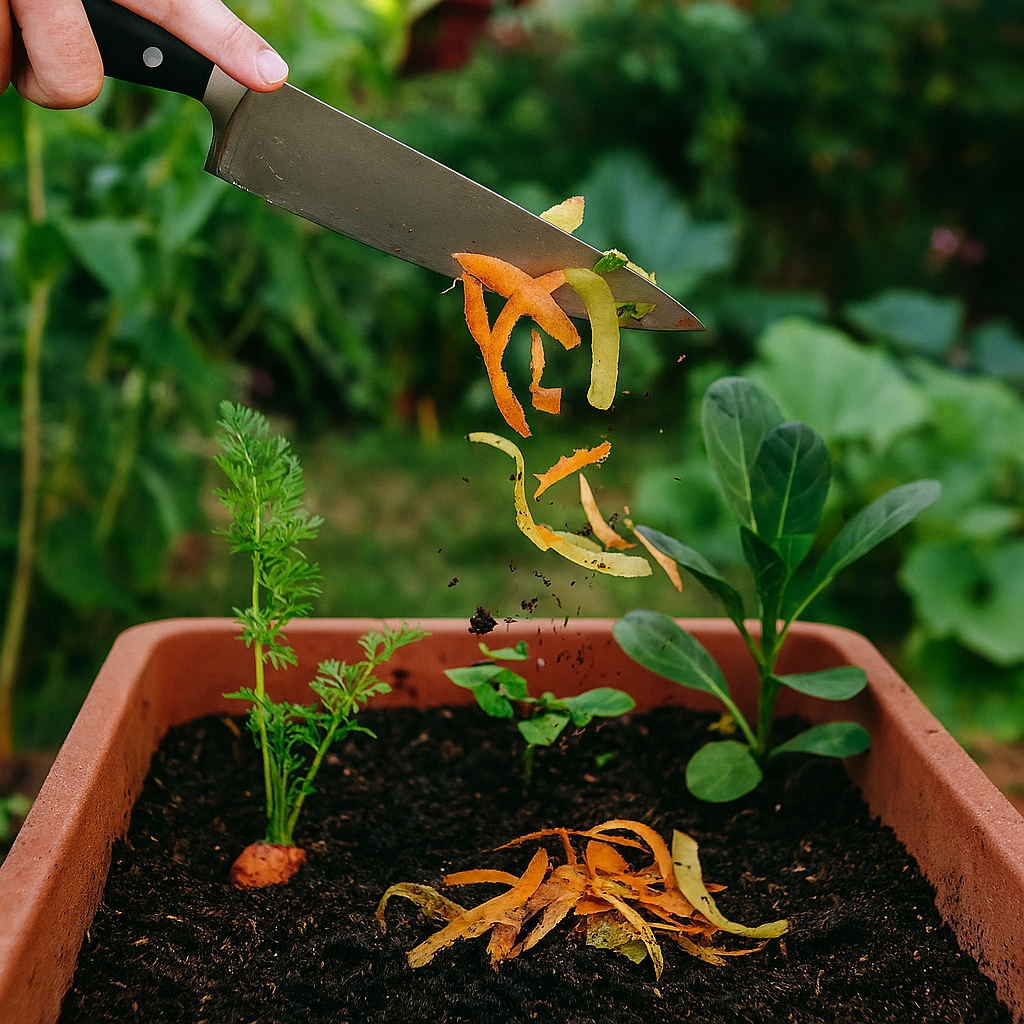
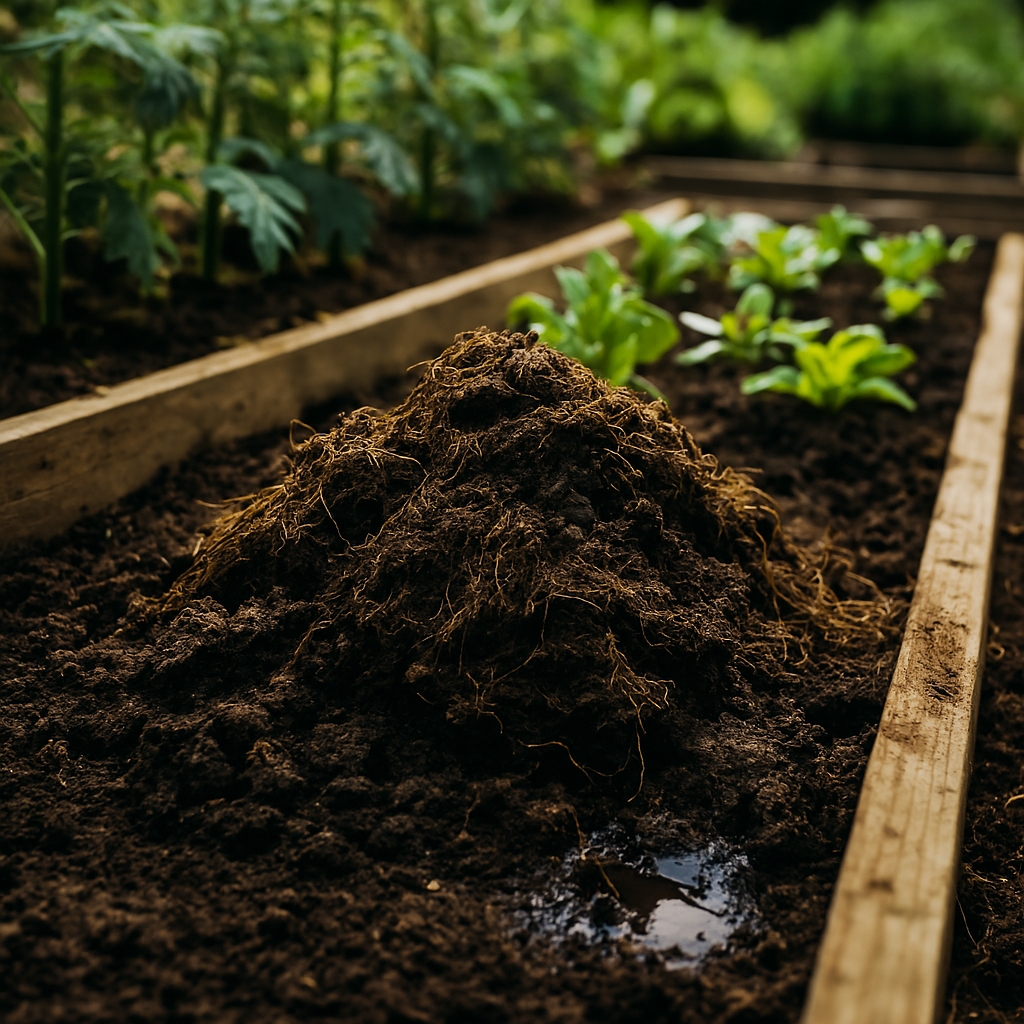




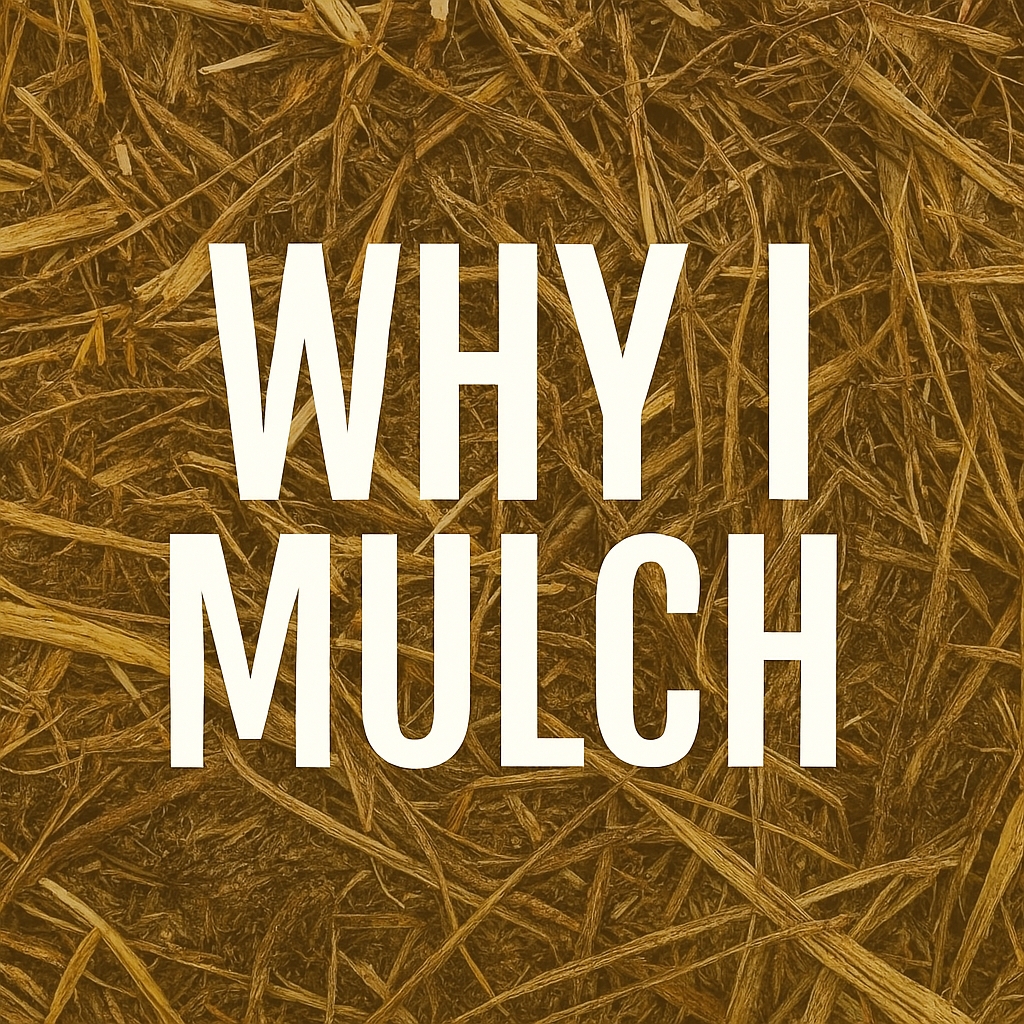


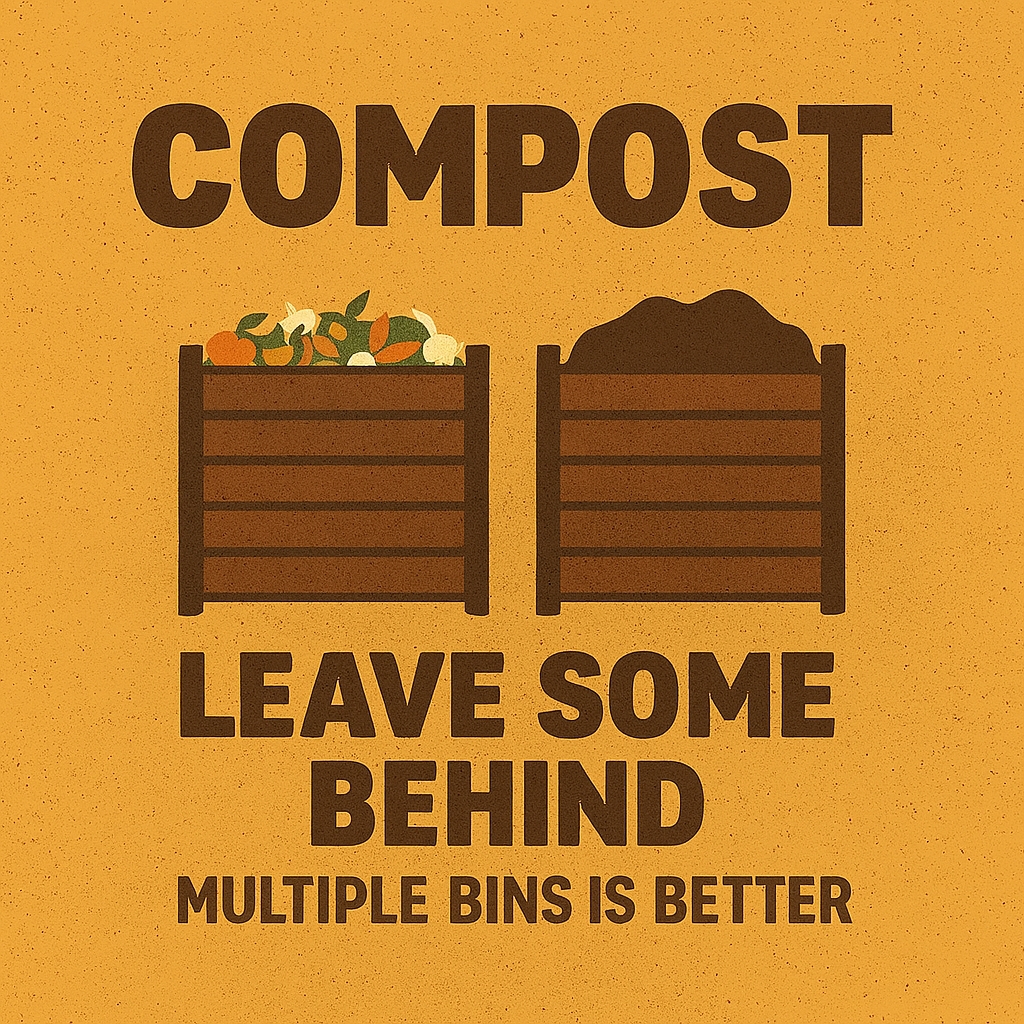

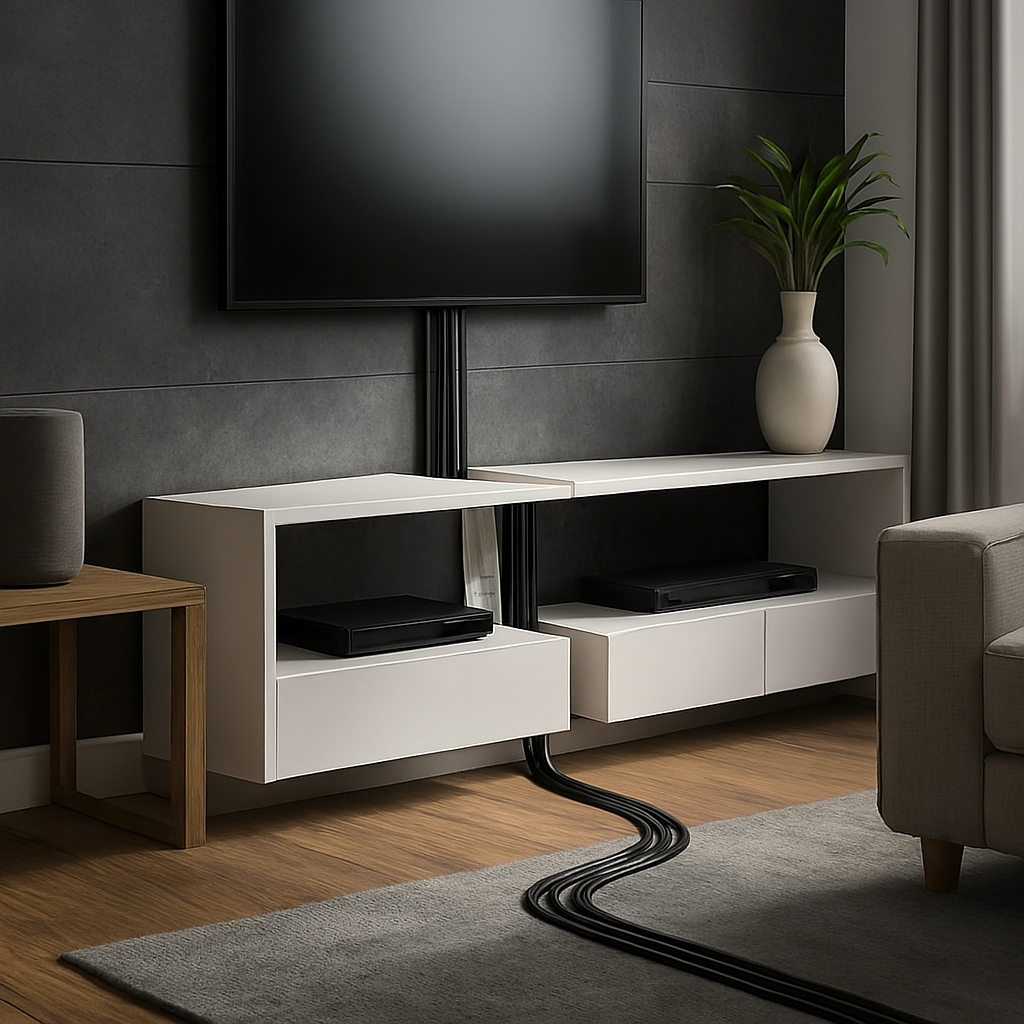

Why Do I Make My Vegetable Garden Soil Nutrient Rich
[…] daphnescorner […]